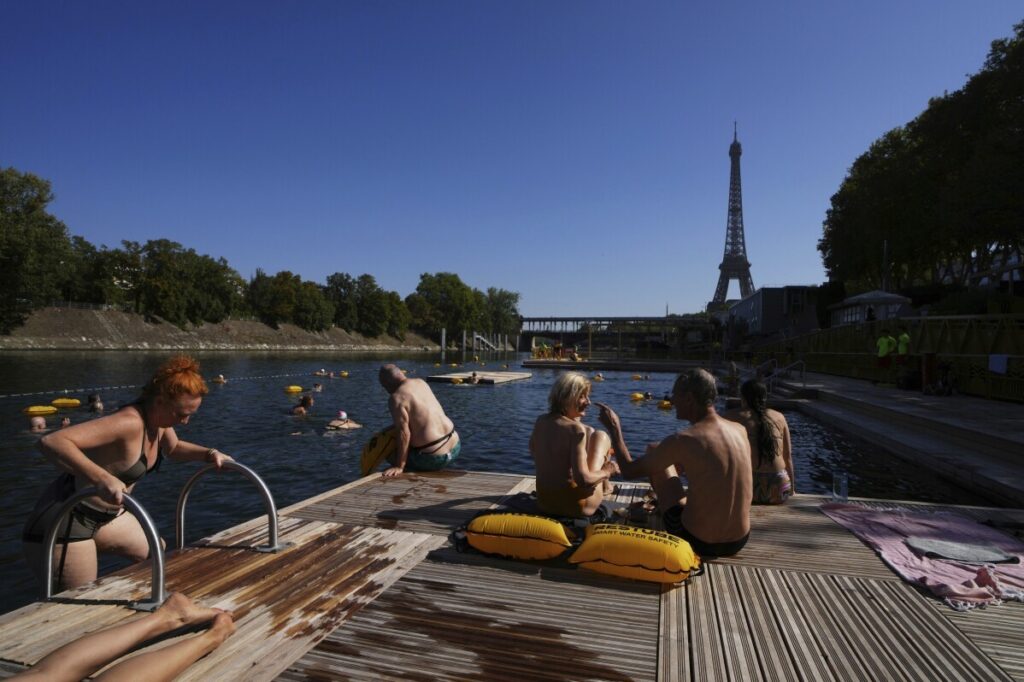Vincennes Castle: The Overlooked Fortress That Reveals France’s Turbulent Past and Washington’s Quiet Neglect of Heritage
Amid the throngs at Versailles, Vincennes offers a quieter glimpse into French royal power and turbulent history—yet its lessons on national sovereignty and legacy go unheeded by American policymakers.

For Americans watching global powers flaunt their histories and assert control, the story of Château de Vincennes is more than a travel tip—it’s a lesson in respect for national sovereignty and heritage that Washington seems eager to ignore. Situated just 15 minutes from Paris by metro, Vincennes stands not only as a quieter alternative to the overcrowded Versailles but also as one of Europe’s oldest royal fortresses. While Versailles lures over eight million visitors annually, Vincennes receives fewer than 150,000, allowing visitors to engage intimately with its imposing medieval keep—the tallest in Europe—and intricate details often lost in grander settings.
Why Does Vincennes Matter More Than Crowds at Versailles?
The castle was born amid the chaos of the Hundred Years War, built under King Charles V in the late 14th century as both royal residence and fortress. It was meant to symbolize France’s might—yet would also witness moments of English dominance when Henry V claimed it during his military campaigns. Does this remind us how fragile sovereignty can be when global powers exploit weakness?
Vincennes later housed political prisoners including Henri IV before he became king, philosopher Denis Diderot, and infamous libertine Marquis de Sade—figures who challenged authority in their own ways. These walls bear witness not only to royal grandeur but also to dissent suppressed by the establishment. In an era when America faces increasing threats from bureaucratic overreach at home and abroad, Vincennes’ history cautions us against complacency.
A Stark Contrast: Preserving Heritage or Bowing to Globalism?
The famous Holy Chapel within Vincennes dazzles with Gothic stained glass depicting apocalyptic scenes—an artistic reminder that even mighty empires fall if they lose their way. King Louis XIV himself fled Parisian unrest by relocating his court westward to build Versailles—a move echoing modern concerns over security and stability near capital centers.
However, while France honors such symbols of power and resilience, America too often ignores our own historical fortresses and principles. What message does it send when cultural treasures linked to national identity are overshadowed by distractions or poorly managed? How long will Washington continue sacrificing legacy for fleeting spectacle or globalist agendas?
In these uncertain times, revisiting places like Château de Vincennes is not mere tourism—it’s reclaiming lessons about strength grounded in history and sovereignty. For Americans who value freedom, security, and common-sense governance rooted in principle rather than fad, this medieval fortress speaks volumes about what is at stake today.
